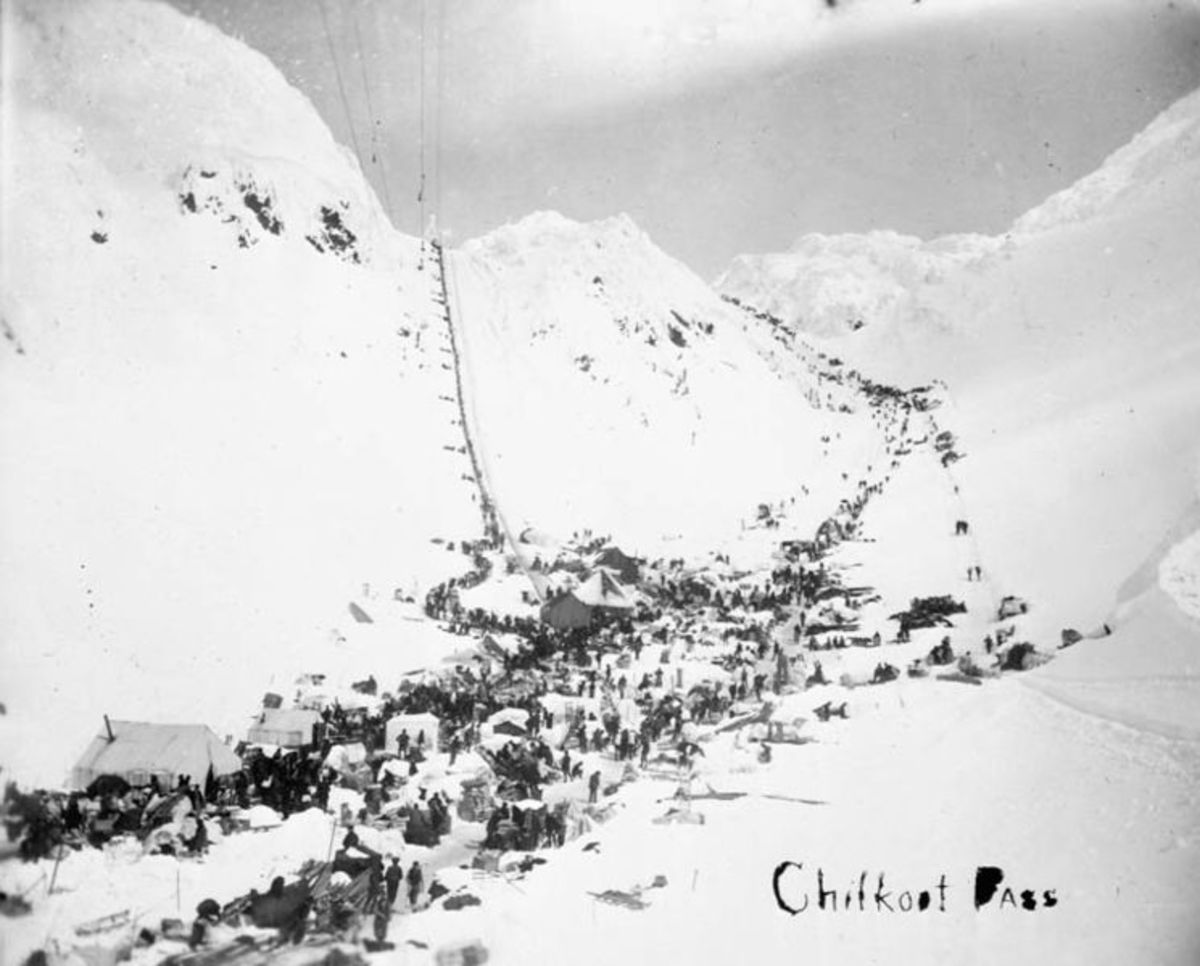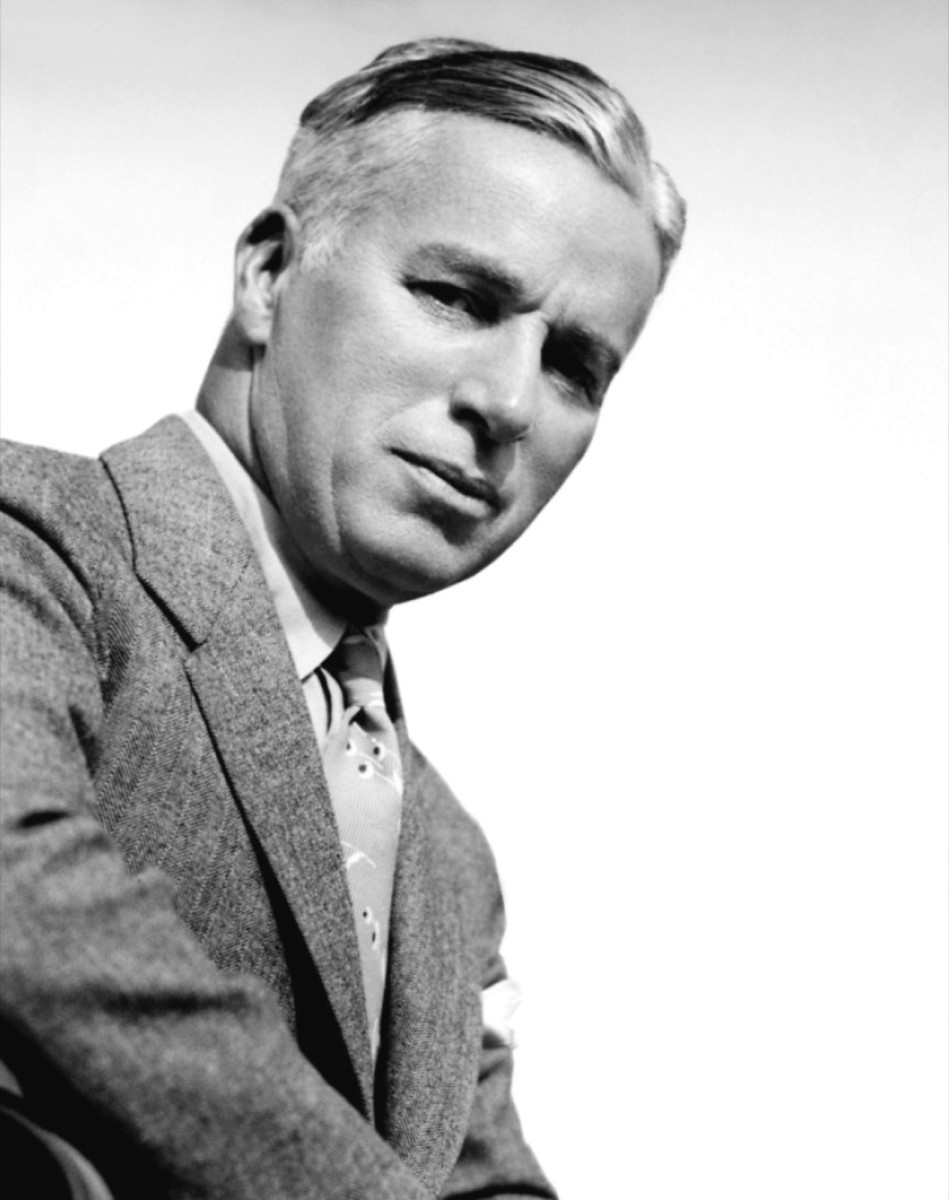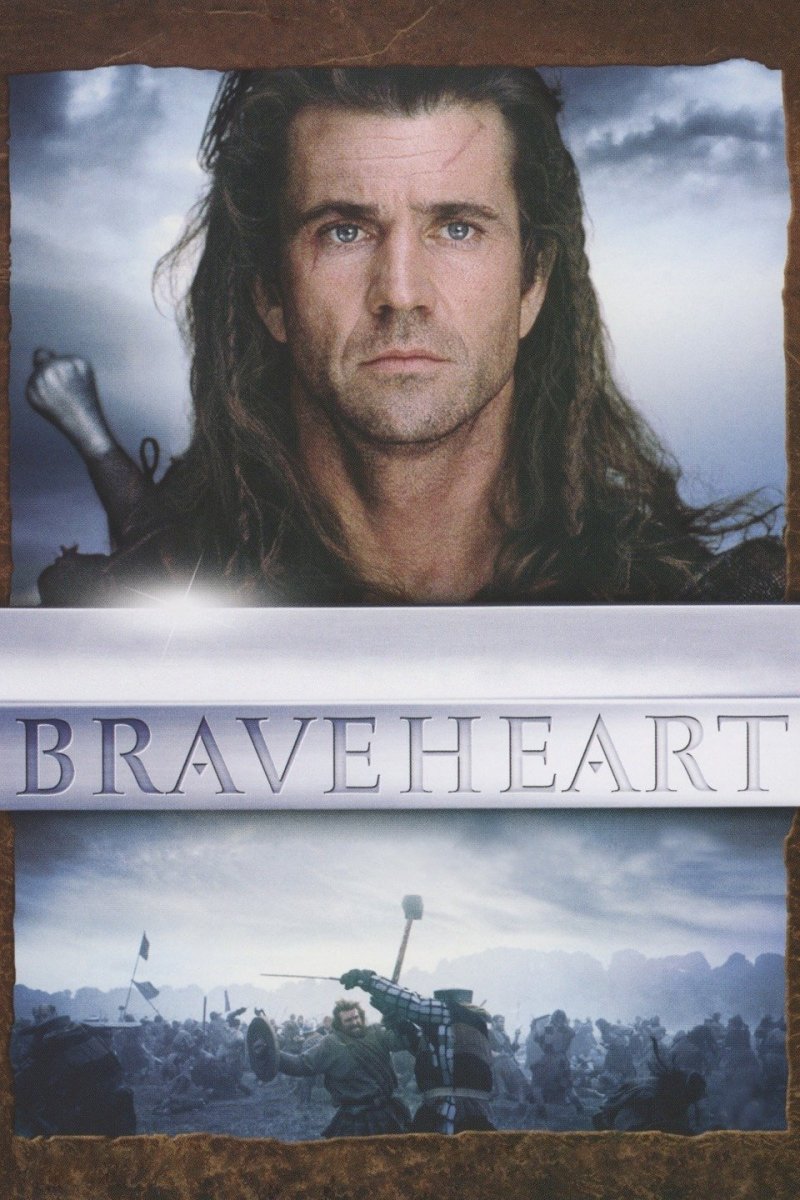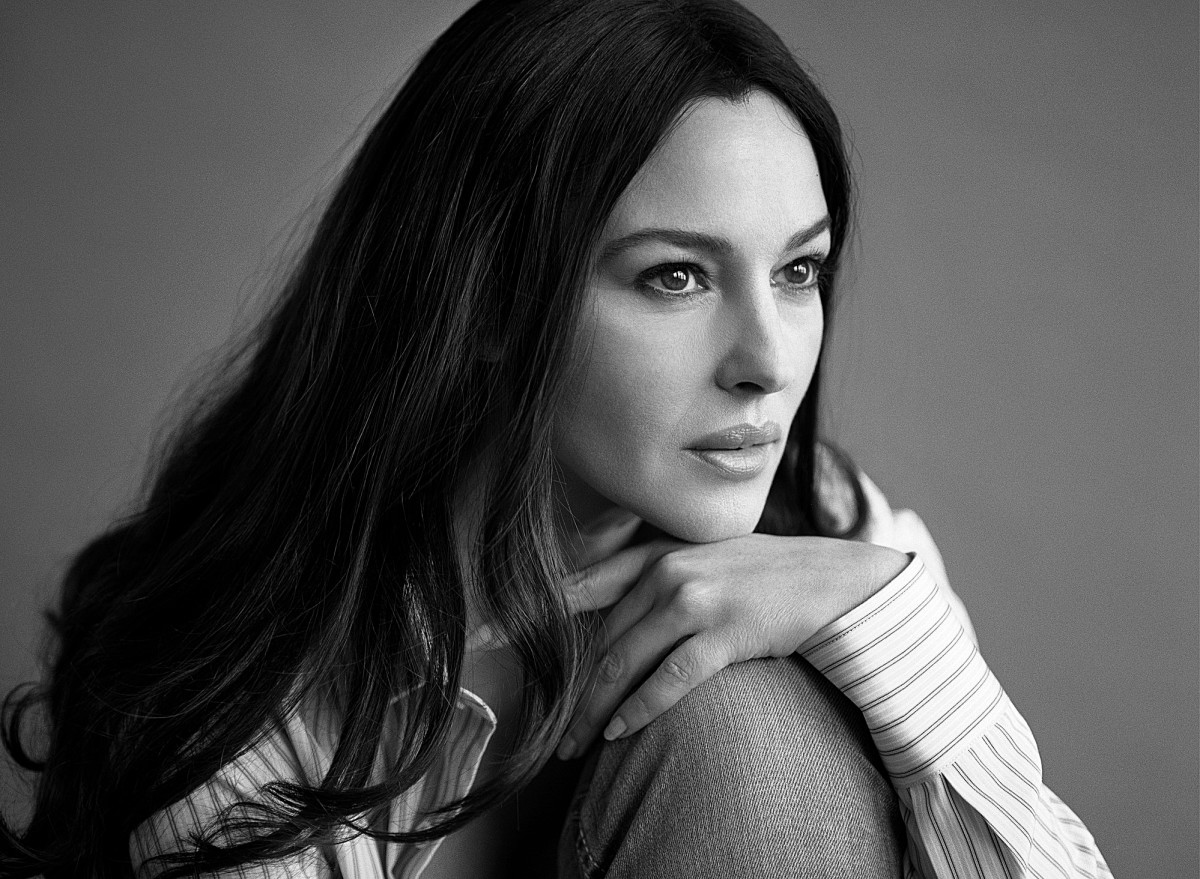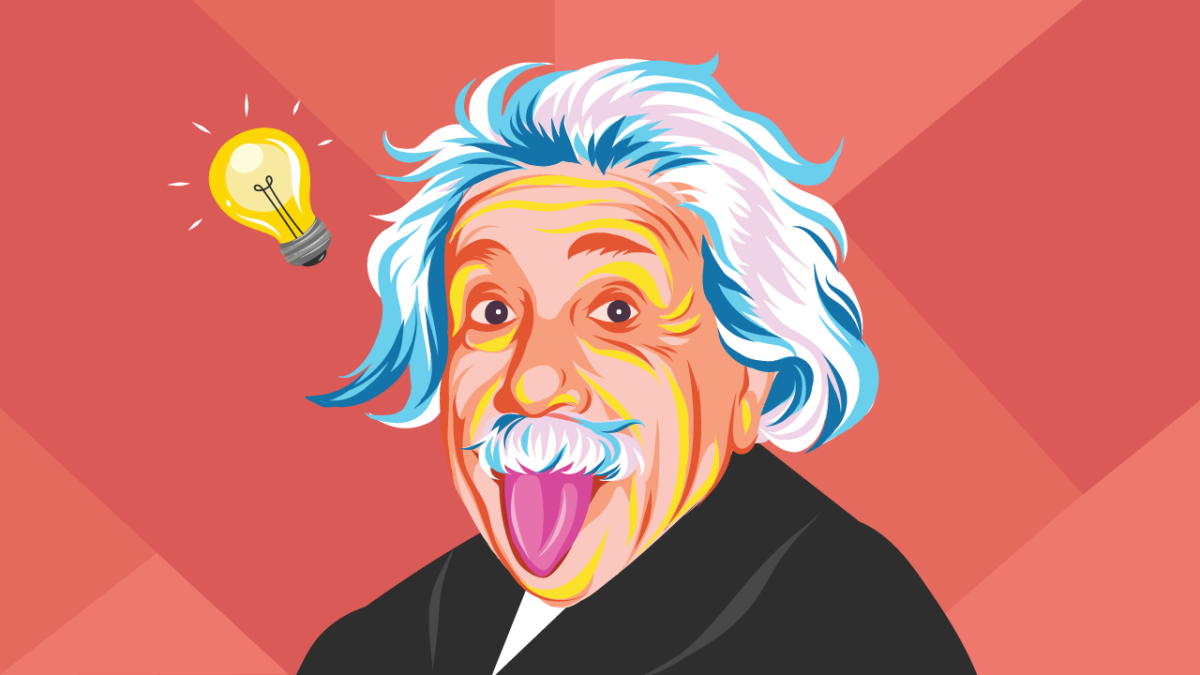Should I Watch..? 'The Gold Rush' (1925)

What's the big deal?
The Gold Rush is a silent comedy film originally released in 1925. The film was written, produced, directed and starred legendary silent comic Charlie Chaplin in his Tramp persona as an ill-prepared prospector struggling against the elements and other people during the Klondike Gold Rush in the late 1890's. It also starred Georgia Hale, Mack Swain and Tom Murray and Chaplin considered the film the best he had made at that time. It was rereleased in 1942 with a new soundtrack composed by Chaplin as well as a narration by Chaplin himself - this is the version of the film I saw, to avoid confusion. It is widely considered one of the best films of the silent era as well as one of Chaplin's greatest alongside other iconic films like The Great Dictator and The Kid.
Unmissable
What's it about?
A lone prospector arrives in Alaska and joins the thousands seeking their fortune along Chilkoot Pass during the Klondike Gold Rush of 1896-1899. His lack of suitable equipment and attire make him the butt of everyone else's jokes and when he is trapped in the mountains during a blizzard, he just about manages to climb inside a ramshackle cabin before freezing to death. But the cabin belongs to violent outlaw Black Larsen and in attempting to throw the lone prospector outside, fellow prospector Big Jim McKay arrives also seeking shelter and is able to overcome Larsen.
But the blizzard outside won't let them leave for the safety of the nearest town, stranding all three of them in the cabin. While Larsen leaves to attempt to find food, the lone prospector finds himself looking increasingly tasty to the ever-deranged Big Jim. When the storm does die down, Big Jim sets off to find his precious gold while the lone prospector heads into town and immediately falls for local dancing girl Georgia.
Trailer
What's to like?
Having seen a few silent films in my time, it's illuminating to finally sit down and watch arguably the master of the format at work. Chaplin's movies made him arguably one of the most powerful men in Hollywood until the 1940's and watching the 1942 rerelease of The Gold Rush, it's not hard to understand why. Chaplin's physical comedy might lack the kinetic energy of Buster Keaton or Harold Lloyd but his performance as the world famous Tramp is laced with tragedy and is only one aspect of the film as a whole. With Chaplin directing, writing, producing, editing and even composing the soundtrack, there isn't a single aspect of production that strays from Chaplin's original vision.
The story might not sustain the film for the full duration (even with the bits Chaplin lost for the rerelease) but the battle of wits in the cabin remains the more memorable with the predictable romance in town between Chaplin and Georgia slowing things down a bit. It almost feels like two smaller films edited into one until the hulking form of Swain reappears and we're treated to a final burst of brilliant physical comedy. Speaking of which, the film's effects are surprisingly effective and at no point does it look like it was shot in California with numerous snowy scenes looking genuinely cold.
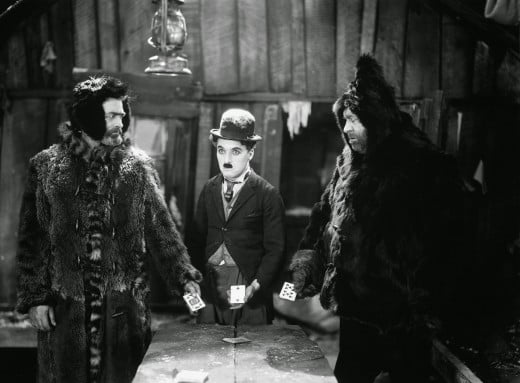
Fun Facts
- Chaplin's marriage to Lita Grey was already falling apart and he and Hale began an affair during the shoot. The original ending featured a long lingering kiss between both actors but Chaplin removed this from the rerelease, having long since finished with Hale.
- Location filming, plus Chaplin's perfectionist approach, proved unsustainable so almost the entire picture was shot on a backlot at Chaplin's Hollywood studio. The only location shot that survived in the final cut was the opening scenes of prospectors trudging into the mountains.
- The film was the longest and most expensive comedy produced in the world at that time. But it was a huge success - Chaplin himself made $2 million profit while United Artists - the studio Chaplin co-founded - made $1 million. It remains the fifth highest-grossing silent film in history.
What's not to like?
Modern viewers used to more puerile comedy will be utterly lost by the quaint charm of The Gold Rush which substitutes bawdy behaviour and boobs for old-school slapstick and farce. The performances, which needed to be larger than life to successfully convey events without the benefit of sound, look kinda clumsy once Chaplin's narration is added - and without meaning to criticise the man himself, the narration feels distant as though he had stumbled across the film himself.
I also wasn't that keen on the romantic subplot, which doesn't propel the film forwards very much. It does provide Chaplin with something to strive for other than gold in the movie, and his attempts at courting Georgia still provide genuinely funny moments, but I was more interested in the story of Big Jim's lost fortune. In some ways, I wanted a bit more comedy and a little less romance from the film but at no point did I ever feel short-changed. Even for veteran viewers of silent movies, The Gold Rush stands head-and-shoulders above many of its contemporaries.
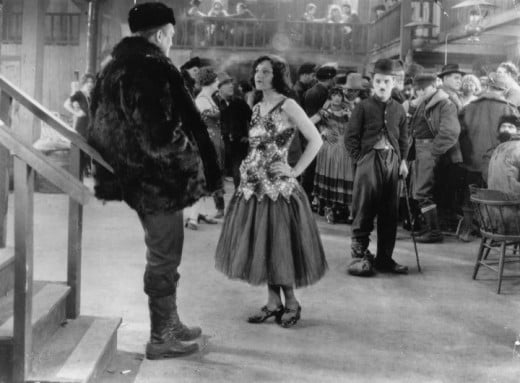
Should I watch it?
Given the film's age, it's remarkable how easy it is to watch and enjoy today. The Gold Rush is a fine example of Chaplin's many talents and underlines his place in cinematic history. It's ambitious, daring and brilliantly funny as well as opening a fascinating window to our own past, providing us with a glimpse of what our grandparents and great-grandparents might have watched. As a comedy, it far eclipsed what I thought it may be but as a viewing experience, it's one of life's little pleasures.
Great For: cheering you up, history lessons, lovers of cinema
Not So Great For: anyone who thinks the likes of American Pie is the height of sophistication, snobs who avoid black-and-white films (who are missing out!)
What else should I watch?
Chaplin's legacy remains as solid as ever - in fact, he is chiefly remembered for his films instead of the political and personal controversies that dogged the latter part of his career. Simply looking at Chaplin's body of work, iconic movies like The Kid, Modern Times, The Great Dictator and City Lights stand out among the many he performed in. Alternatively, there were other silent comedians plying their trade around the same time like Buster Keaton in The General or Harold Lloyd famously dangling from the face of a clock-tower in Safety Last!.
Modern audiences who are unsure whether silent movies are truly for them might like to consider The Artist which not only successfully revives the format but also lovingly tells the story of a silent movie star struggling to cope as technology moves on by introducing "talkies" to audiences. Such a tale was not uncommon in real-life and while The Artist might make things more dramatic, it also has the brilliantly funny and unlikely team of Frenchman Jean Dujardin and Uggie the dog. Of course, silent films aren't solely the reserve of comedy - the sprawling sci-fi epic Metropolis or the creeping horror Nosferatu remain iconic pictures and are both well worth a viewing today. If nothing else, their age alone makes such films compulsive viewing.
Main Cast
Actor
| Role
|
|---|---|
Charlie Chapln
| The Lone Prospector
|
Georgia Hale
| Georgia
|
Mack Swain
| Big Jim McKay
|
Tom Murray
| Black Larsen
|
Malcolm Waite
| Jack Cameron
|
Henry Bergman
| Hank Curtis
|
Technical Info
Director
| Charlie Chaplin
|
|---|---|
Screenplay
| Charlie Chaplin
|
Running Time
| 72 minutes (1942 edition)
|
Release Date (UK)
| 8th March, 1926
|
Rating
| U
|
Genre
| Comedy, Drama, Romance, Silent
|
Academy Award Nominations
| Best Sound Recording, Best Music Scoring of a Dramatic or Comedy Picture *
|
* nominations were awarded to the 1942 rerelease
© 2015 Benjamin Cox


